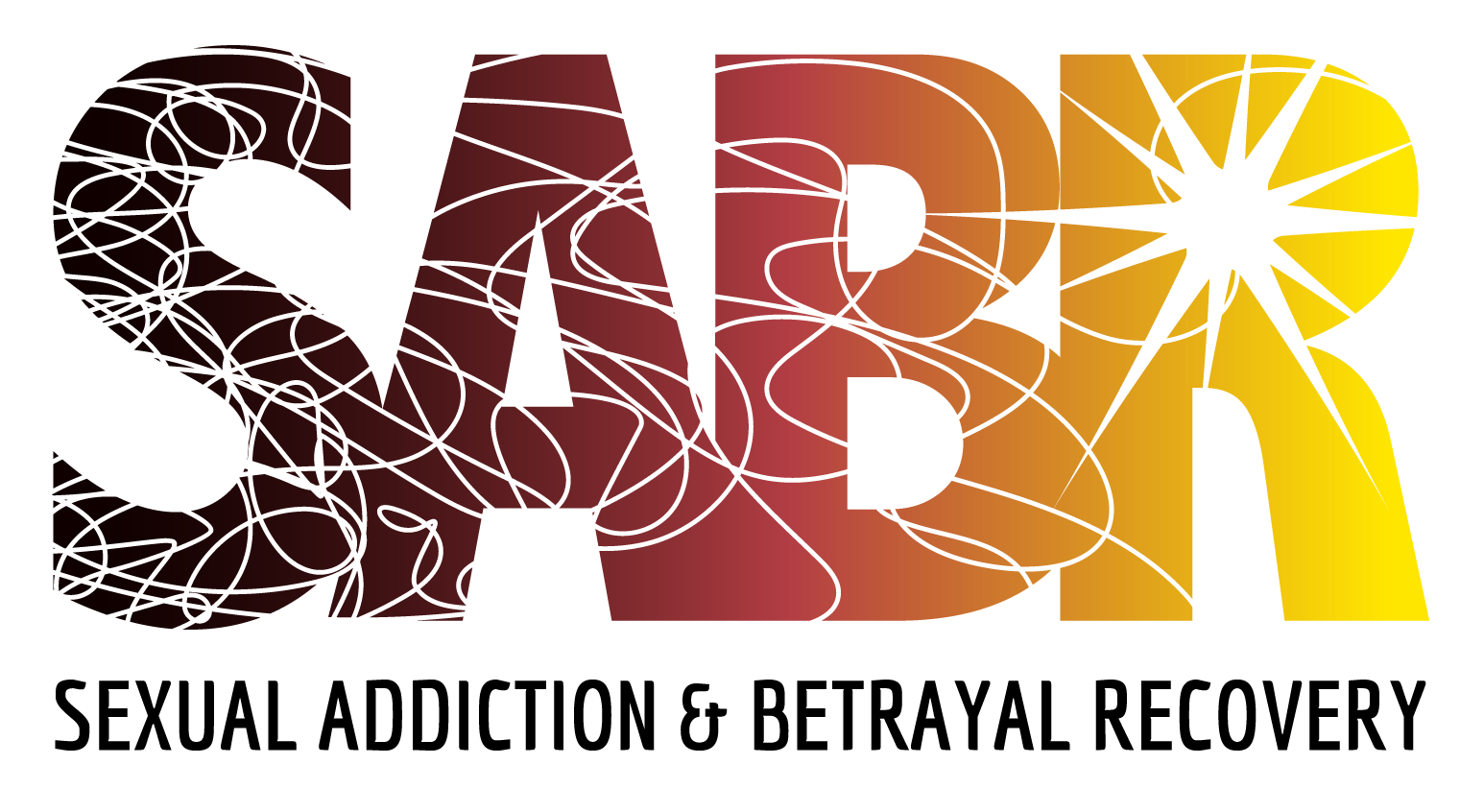
In the journey towards recovery from pornography addiction, understanding the complex landscape of triggers is crucial. These triggers can be broadly categorized into sensory, situational, and emotional. Identifying and addressing these triggers with appropriate tools and strategies is a significant step in maintaining sobriety and achieving long-term recovery.
Sensory Triggers
Sensory triggers involve stimuli that affect any of the five senses and can evoke memories or emotions that lead to addictive behaviors. For example, a specific scent might remind someone of a particular event or period in their life associated with pornography use. Visual cues, such as suggestive advertisements or even certain colors and patterns, can also serve as powerful triggers. Similarly, sounds, like specific songs or voices, tactile sensations, or even tastes, can unexpectedly lead an individual back towards addictive patterns. Awareness and avoidance of known sensory triggers, coupled with strategies to manage unavoidable ones, are critical in recovery.
Situational Triggers
Situational triggers are tied to specific environments or contexts that increase the likelihood of engaging in addictive behaviors. These can include being alone in a private space, staying up late at night, or even using technology without a clear purpose. Other examples might involve being in a hotel room while traveling, which disrupts usual routines and potentially lowers inhibitions. Recognizing these situational triggers allows individuals to plan ahead, establish healthier routines, and employ strategies to alter or avoid these contexts altogether.
Emotional Triggers
Emotional triggers are perhaps the most complex, as they involve feelings and states of mind that can lead to addictive behavior. Common emotional triggers include stress, anxiety, loneliness, boredom, and depression. However, positive emotions, such as excitement or a sense of celebration, can also serve as triggers. The key to managing emotional triggers lies in developing healthy coping mechanisms, such as engaging in physical activity, seeking social support, practicing mindfulness, or pursuing hobbies and interests that provide fulfillment and joy.
Applying the Right Tools
Understanding the type of trigger one is facing is paramount in choosing the right tools and strategies for intervention. The SABR program emphasizes the importance of education and therapeutic intervention in dealing with triggers. Tools might include developing a safety plan, engaging in therapy, participating in support groups, or using mindfulness and relaxation techniques. Tailoring the approach to the specific triggers ensures a more effective response and supports ongoing recovery.
Conclusion
The path to recovery from pornography addiction is a journey of understanding and overcoming the triggers that fuel the addiction. By identifying sensory, situational, and emotional triggers and employing targeted strategies to manage them, individuals can make significant strides towards sobriety and healing. It is a challenging journey, but with the right support and tools, recovery is not just possible; it is within reach. Let this knowledge serve as a beacon of hope and encouragement for those committed to reclaiming their lives from addiction.
Family Strategies Counseling Center has actively serviced clients since 2000 who struggle with pornography and sexual addiction issues. Our SABR program for adults, Tribe for college, and Band of Brothers for teens can help you! Give us a call (800) 614-8142 or visit our website for more information: www.FamilyStrategies.org.

 -->
-->